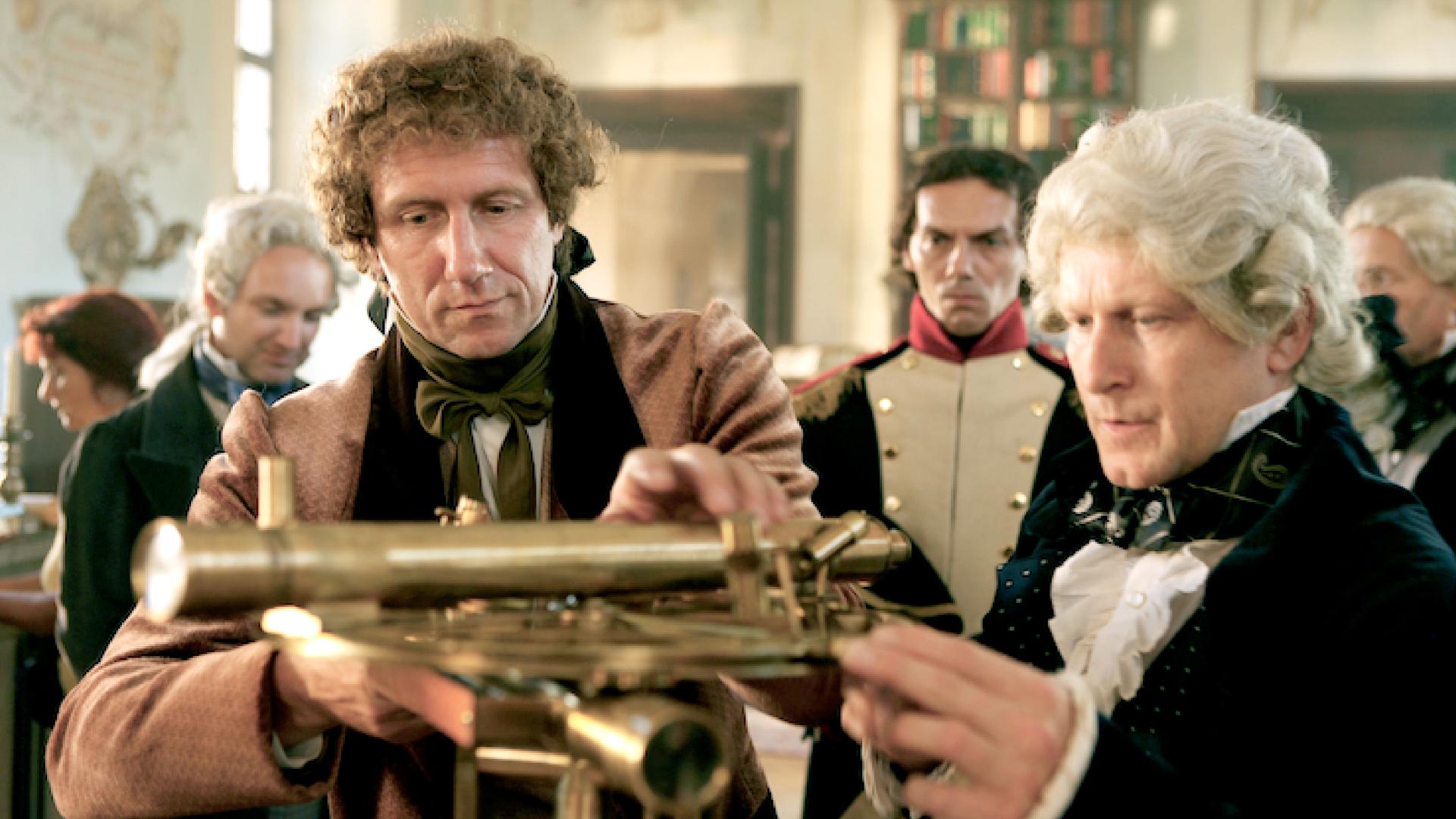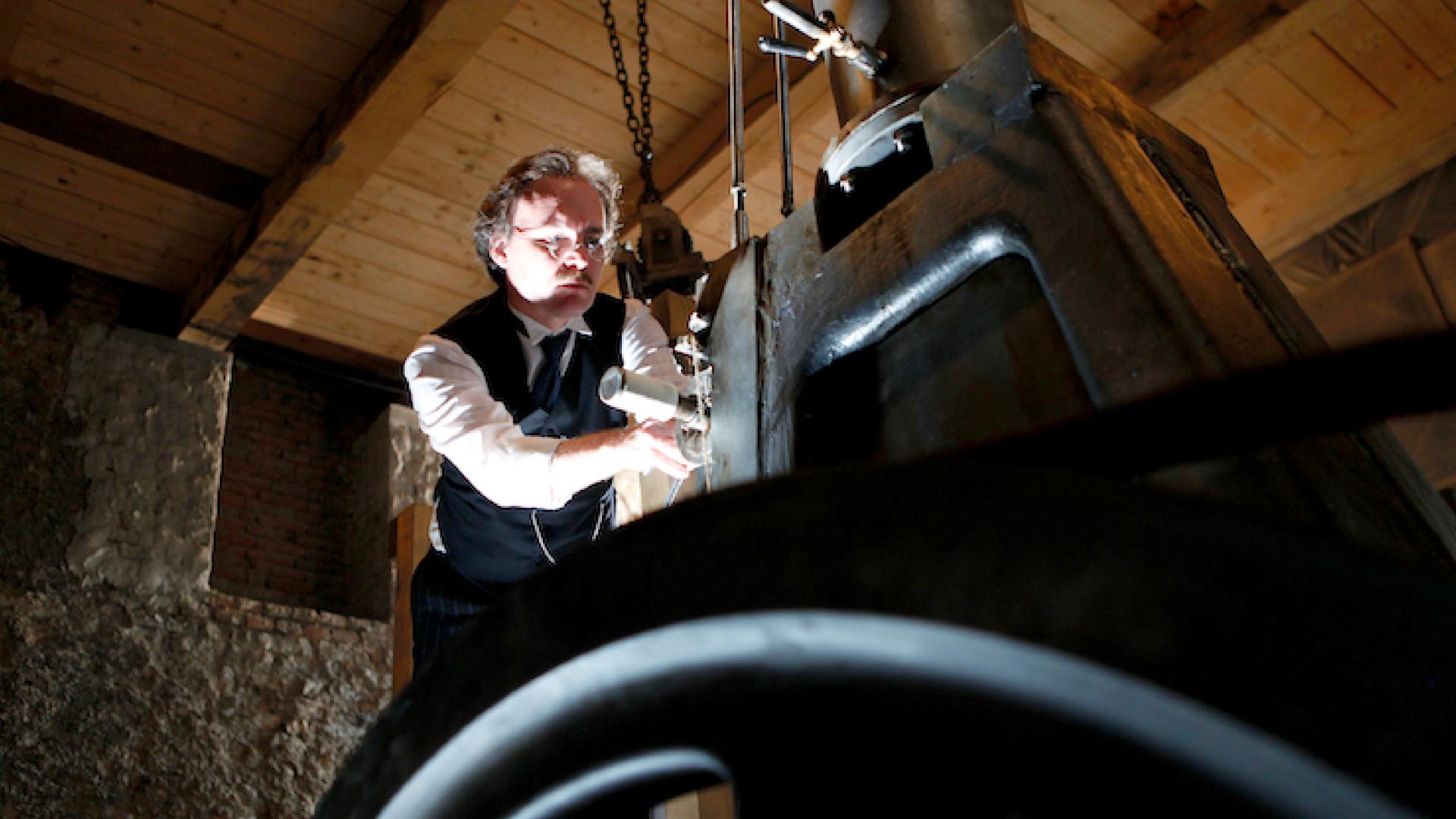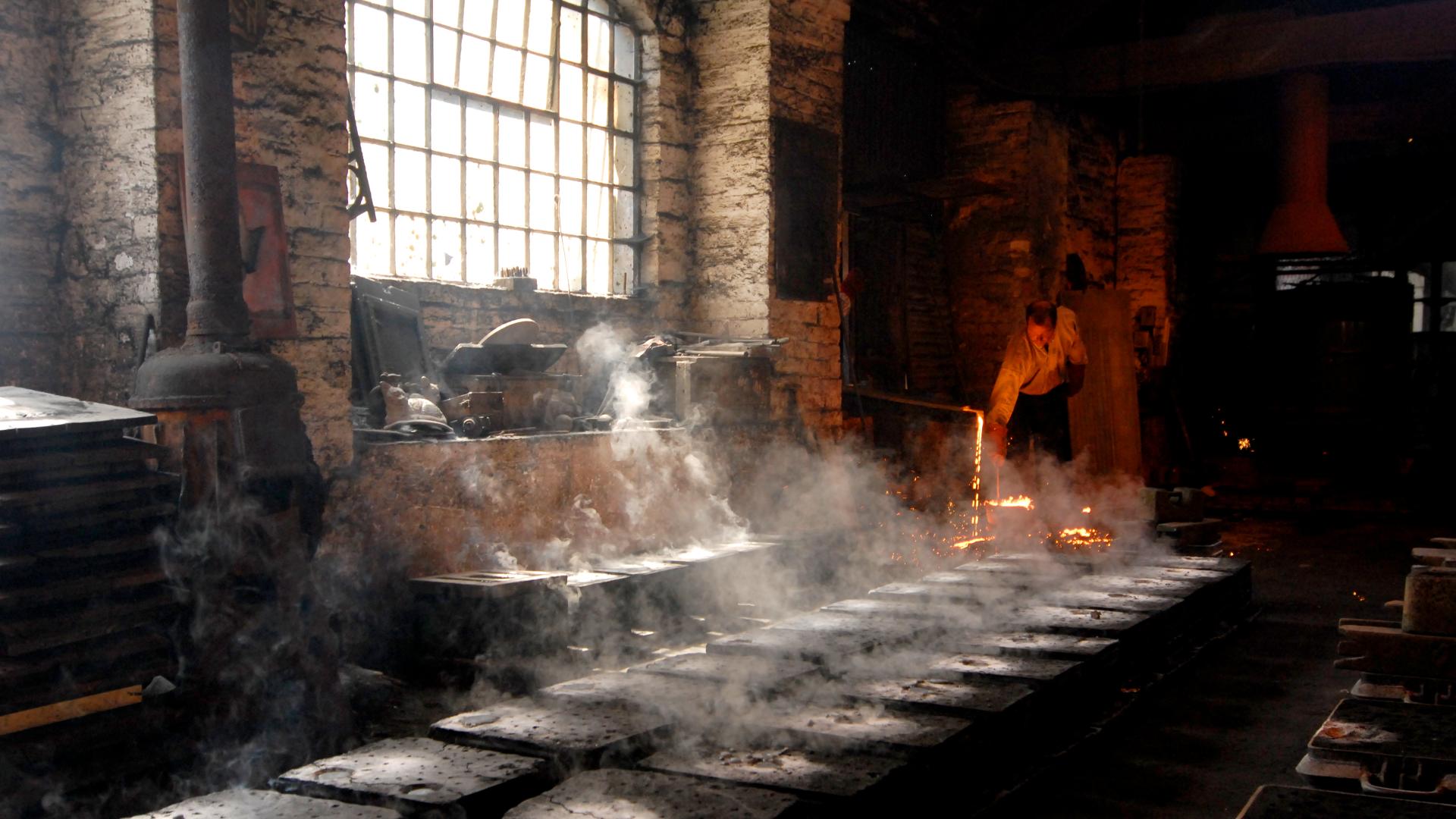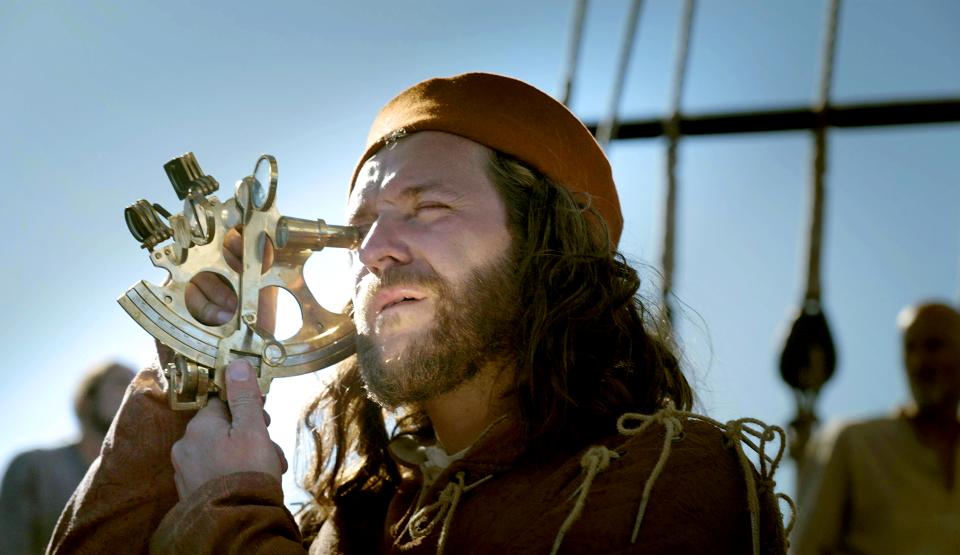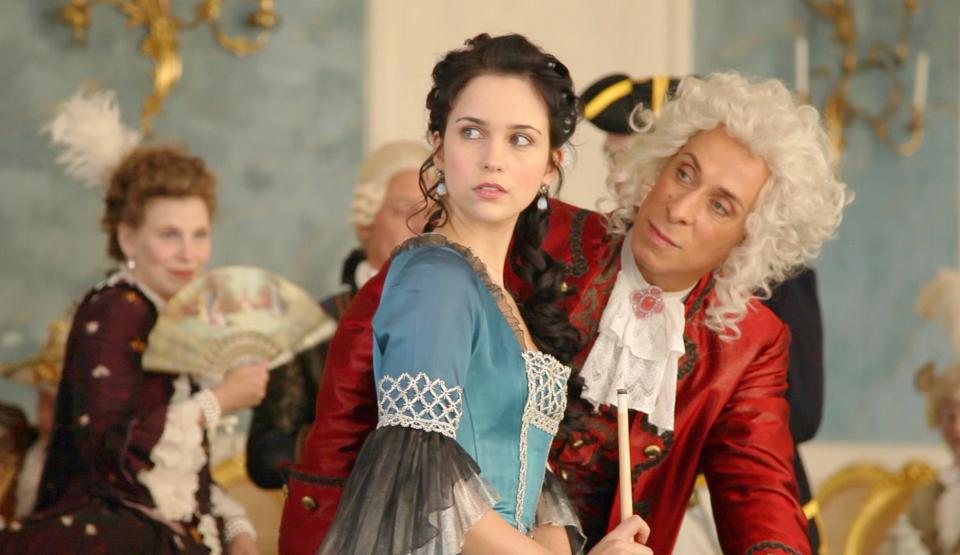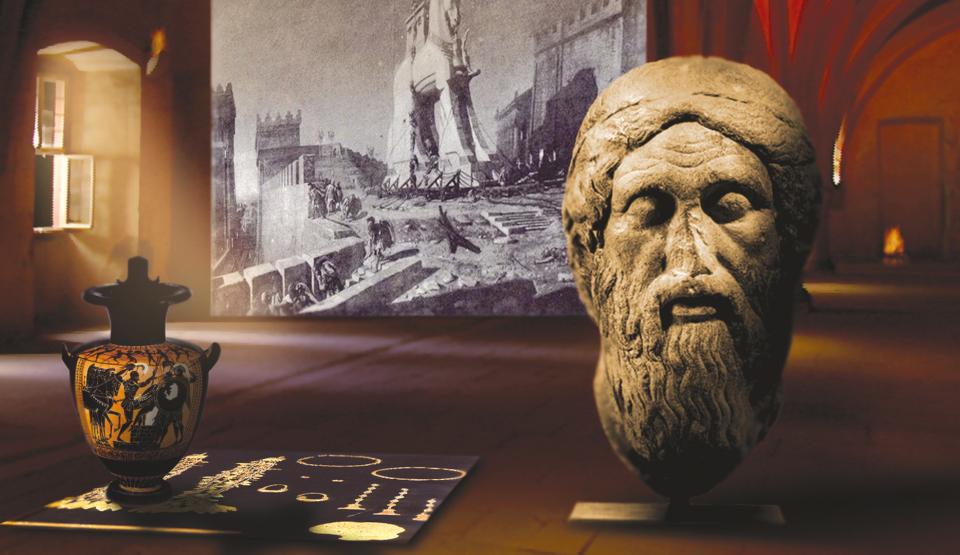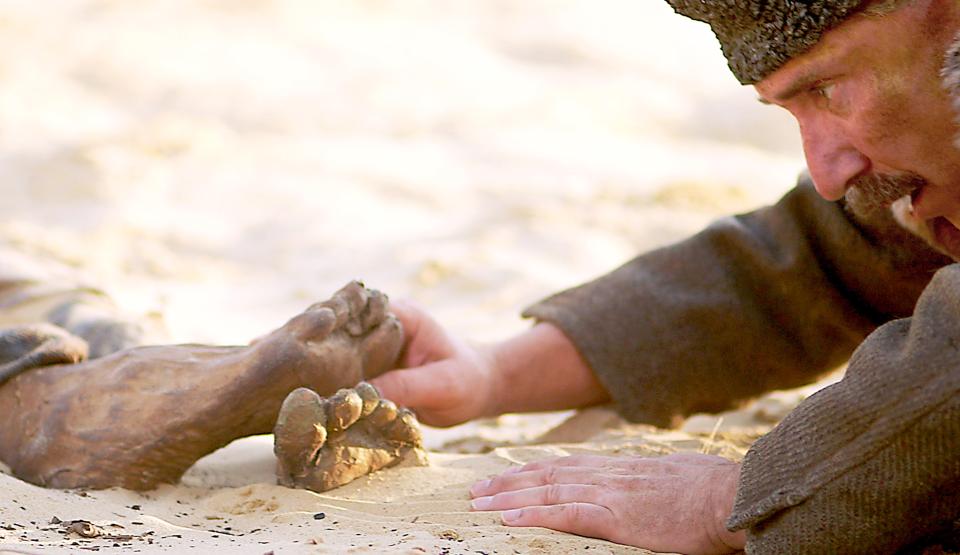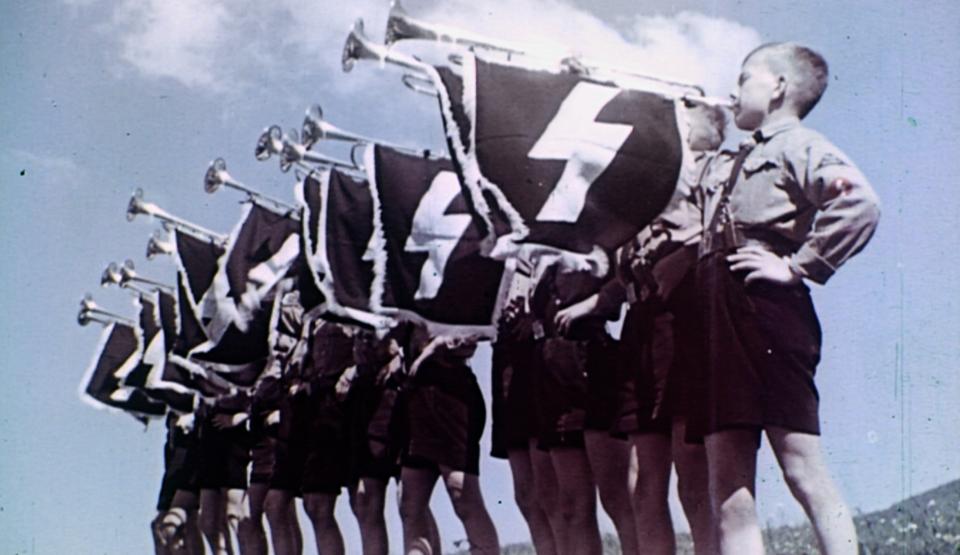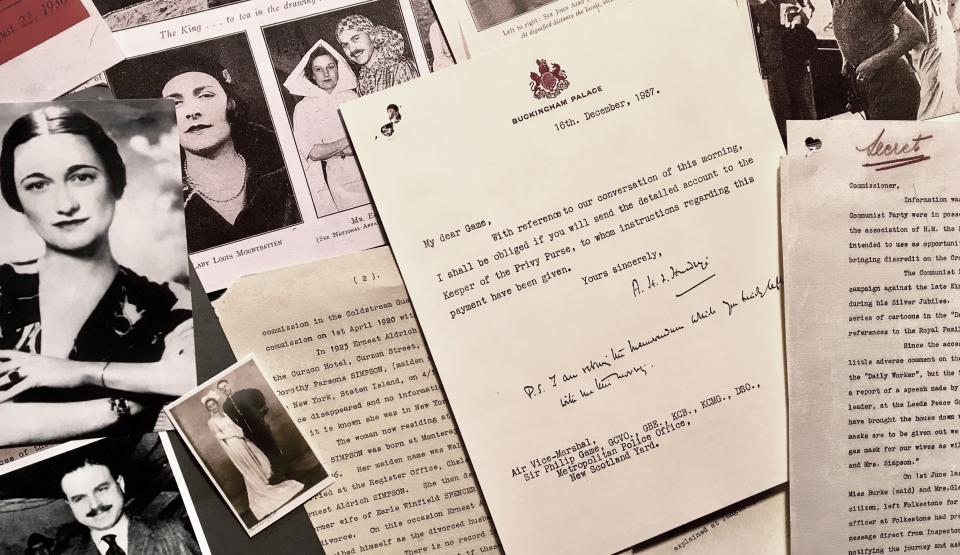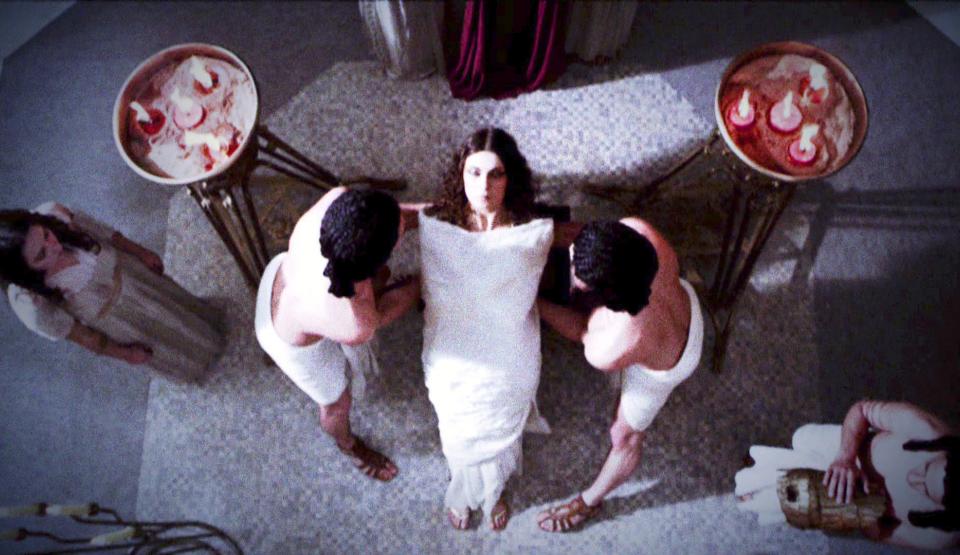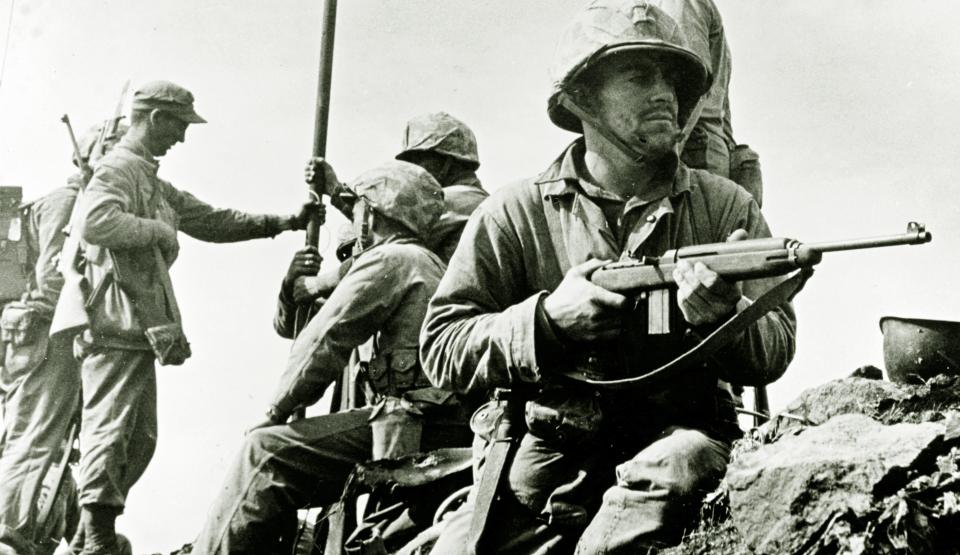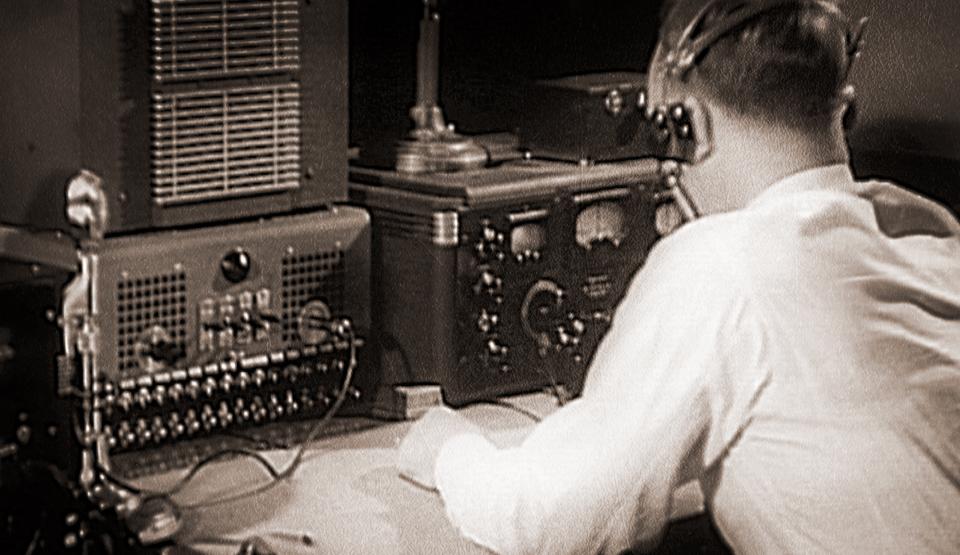This documentary reveals how the metre was defined as the standard unit of measurement - a development which determines our lives to this very day.
One of the ideas thrown up by the French Revolution was to put an end to the confusing and chaotic situation created by a bewildering variety of units of measurements. It was decided that two of the most capable astronomers of the day, Jean-Baptiste Delambre and Pierre Méchain, would survey the precise distance between Dunkirk and Barcelona, a segment of the Paris meridian, since this would make it possible to calculate the exact circumference of the earth… and it had been resolved by the responsible commission that the new metre would be one ten-millionth of the distance between the North Pole and the Equator.
The two men set off in 1791, in the convulsed period just after the revolution. The expedition was beset by obstacles and dangers. Pursued by enemies, hampered by suspicious peasants and often tormented by hunger and thirst, it took the two astronomers seven years to complete their measurements. Finally, in the year 1799, the standard platinum metre bar could be created, forming the foundation of the new metric system.
Since 1983 a metre has officially been calculated by different means: it is now the distance light travels, in a vacuum, in 1/299,792,458 of a second. The precision of this calculation opens the door to a new dimension of measurement – in outer space as well as on this planet.
